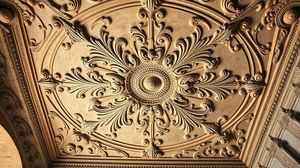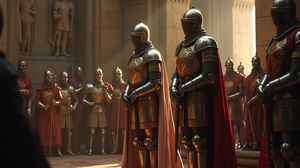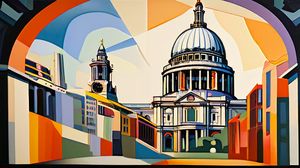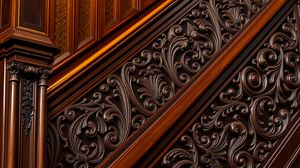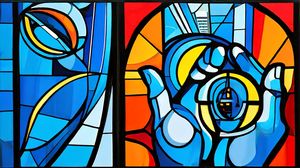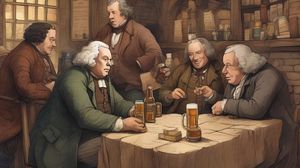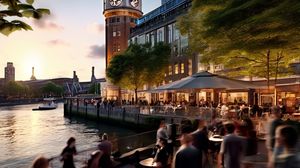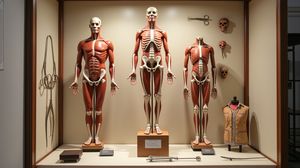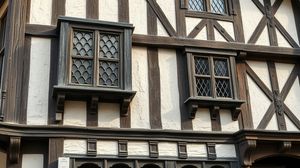
Nestled in the historic district of Temple in London, Middle Temple Hall is an architectural gem steeped in history. Completed in 1573, it stands as one of the four Inns of Court, which are professional associations for barristers in England. The hall's beautiful timber ceiling is a testament to exquisite Elizabethan craftsmanship, providing a stunning backdrop for legal ceremonies and lavish events alike.
An interesting historical tidbit is that William Shakespeare's play, "Twelfth Night," was first performed here in 1602. This connection to one of the world's most famous playwrights adds an intriguing cultural layer to the hall's storied past. Visitors often find themselves captivated by the aura of creativity that permeates the historic venue.
The building itself is a magnificent example of Tudor architecture, and its impressive stained-glass windows are adorned with the coats of arms of notable members of the Middle Temple. These colorful panes tell stories of the institution's rich history while casting beautiful hues across the hall's interior, especially when the sunlight streams through.
Middle Temple Hall isn't just about history; it plays an active role in contemporary legal education and community activities, hosting a range of events including concerts, lectures, and cultural gatherings. This dynamic blend of ancient tradition and modern usage keeps the hall vibrant and relevant today.
In terms of architectural uniqueness, Middle Temple Hall features a wonderfully quirky set of gargoyles, each distinct and expressive. These gargoyles not only serve a practical purpose by directing rainwater away from the building but also add an element of whimsy and elaborate decoration to the hall's exterior.
A lesser-known fact about Middle Temple Hall is that its Great Table, constructed from a single oak tree, is one of the largest in the UK. This table has fascinated visitors for centuries, marveling not only at its size but also at the thought of how it was crafted using the tools available at the time.

Making the Most of Your Visit:
Start your visit by taking a moment to appreciate the intricacy of the timber roof. Each beam is a piece of history, so try to imagine the craftsmen who labored over them more than four centuries ago. This will give you a deeper appreciation for the skill that went into building it.
Look out for the stained-glass windows; they're not just beautiful, but carry the coats of arms of notable figures. These are stories told in glass and can provide fascinating insights into the people who shaped the Middle Temple's history.
Pay attention to the gargoyles outside. These quirky, expressive figures are not just for decoration—they're a great example of the blending of whimsical artistry with functional architecture, meant to redirect rainwater away from the building.
Don't miss the Great Table inside the Hall. It's made from a single oak tree and it's a real marvel of the time with how they managed to construct something so massive using the tools available then. Imagine the gatherings and discussions that have taken place around it over the centuries.
If possible, try to catch a performance or event here. The atmosphere that infused Shakespeare's "Twelfth Night" performance is something you can almost feel during concerts or lectures, bridging the past and present in a unique way.

Visiting Times & Costs:
Middle Temple Hall is an active part of the working Inns of Court, and public access is limited. It's open to the public for guided tours, which can be arranged in advance. These tours provide insight into the history and architecture of this remarkable venue.
Open Times:
- Guided tours are generally available on weekdays, but specific days and times vary based on availability and the hall's event schedule. It's advisable to check for updated schedules or contact the venue directly before planning a visit.
Entry Fees:
- Guided tours typically involve a modest fee per person. This charge helps preserve the historic site and organize further public events.
Accessibility:
- While efforts are made to accommodate visitors with disabilities, parts of the building may have limited accessibility due to its historic nature. It's recommended that visitors with special access requirements inquire ahead of time to make necessary arrangements.
It is worth noting that Middle Temple Hall can also be enjoyed during public events such as concerts or lectures, which might have separate entry fees or ticketing arrangements.

Address & Map:

Nearby:
